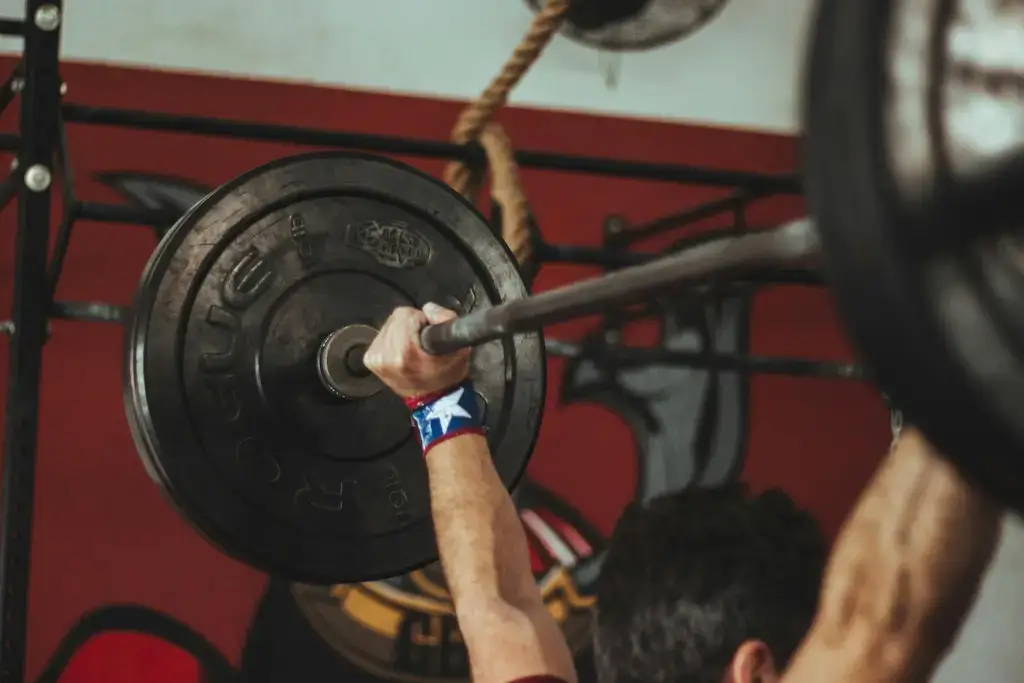Physical Address
304 North Cardinal St.
Dorchester Center, MA 02124
Physical Address
304 North Cardinal St.
Dorchester Center, MA 02124

So, you are having one of those great training days. You pick a weight you are confident you can do a perfect 8 repetitions with. The first 4 reps go smoothly. Reps no. 5 and 6 are a bit harder, and the struggle is starting. The 7th rep… the burn in the muscle is already serious… On the last rep, you strain with all your might to maintain form… you give it your all and… you succeed! You don’t even think about another rep…
What has just been described is a perfect set where we went “to failure.”
But did we really go to failure? Or could we push the limits a little further? Of course, you can! There is always a way, thanks to various forced, extended sets. There are countless methods, in fact, as many as there are sado-masochistic minds (affectionately speaking, of course) that invented them. The title mentions the drop set, which Henry Atkins, editor of Body Culture magazine, invented in 1947.
A drop set is an extended set in which, immediately after the working set is finished, and without a break, several more repetitions of the same exercise are performed to failure with a significantly lower load. The goal, as with any form of extended set, is to increase the time the muscle spends under tension (TUT).
After completing the described set of 8 repetitions, we will immediately take a slightly lighter load and pull out 6 more repetitions. After that, we immediately go to an even lower weight and perform 6 more repetitions, and then repeat the same thing once more. The muscle is boiling, and after that, we can no longer do even a partial repetition, let alone a strict, full movement.
Drop sets can be performed with dumbbells, barbells (ideally those with pre-set weights) or on machines. It is important, of course, that the load can be changed instantly so that we do not have a long break between drop sets.
Their effect, like the effect of most other shock techniques, manifests through at least 3 mechanisms:
In addition to the classic drop sets described above, there are also so-called mechanical drop sets. Unlike the standard variant, the load does not change here. Instead, you use increasingly easier variations of the same exercise to achieve the same effect.Thus, the idea is the same – to enable the execution of the exercise after the muscle has initially reached failure (positive failure). That small change within the same exercise may include a different grip, a different stance, angle, etc.
In all 3 variations of the movement, the biceps is stimulated, and the load remains the same. However, the first set is significantly more demanding than the third.
There are many variations of drop sets, but here are some useful suggestions: